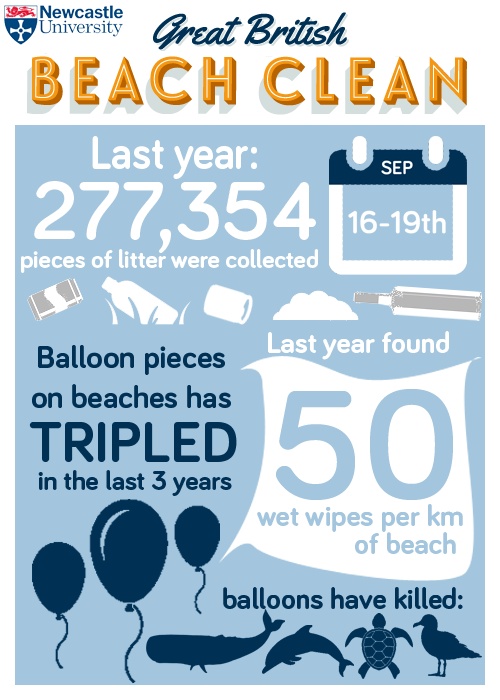It’s the planet that we live on and home to 7 billion people as well as billions of plants and animals. But with climate change and other issues such as pollution, we need to do more to look after our home. Earth Day gives the opportunity to come together and work toward a greener future, showing support for the environment. 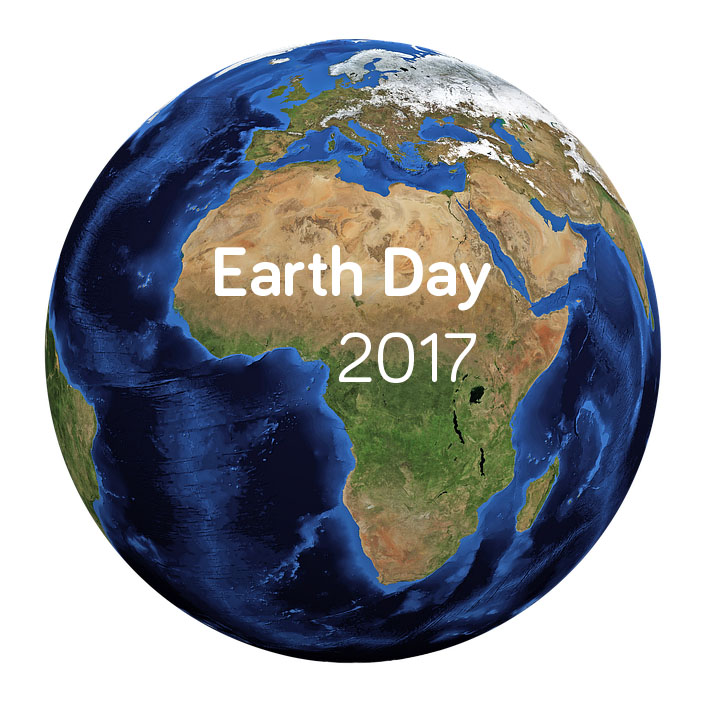
Why is it important?
Humans are using resources at an alarmingly fast rate, currently using more resources than the Earth can produce. Today humans use 1.5 planets’ worth of resources every year!
Climate change is a huge problem for the future of our planet. It will lead to things like increased sea level and flooding, drought, and a rise in temperature. This will make it more difficult for plants and animals to survive and hence humans. Scientists agree that we can reduce the impacts of climate change, but we need to act as fast as we can.
There are lots of other environmental issues such as deforestation, pollution and ocean acidification that are affecting the environment. These problems can lead to a loss in the number of animal and plant species causing the Earth to have reduced biodiversity (the number of species). Lots of plants and animals are interlinked in food chains, so losing one can have a knock on effect on other species. Biodiversity is vital to our survival, for supporting the ecosystem, finding things like new medicines and for providing humans with lots of raw materials.

How can we help?
There are lots of things we can do to reduce our footprint on the Earth. These are just some things you could try and do:
- Shop for locally sourced produce
- Eat food that is in season
- Eat less meat
- Bring your own shopping bags
- Use a reusable water bottle rather than bottled water
- Don’t drive if there is an alternative
- Take holidays closer to home
- Recycle
- Use energy saving lights
- Unplug your electronics when not in use
- Plant a tree
- Use a reusable coffee cup
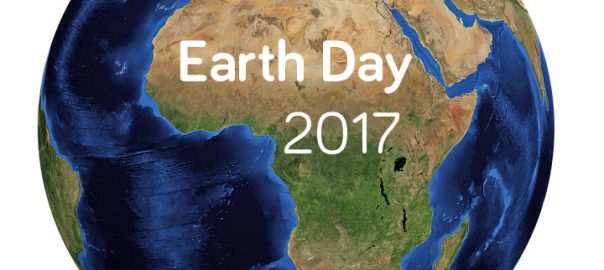
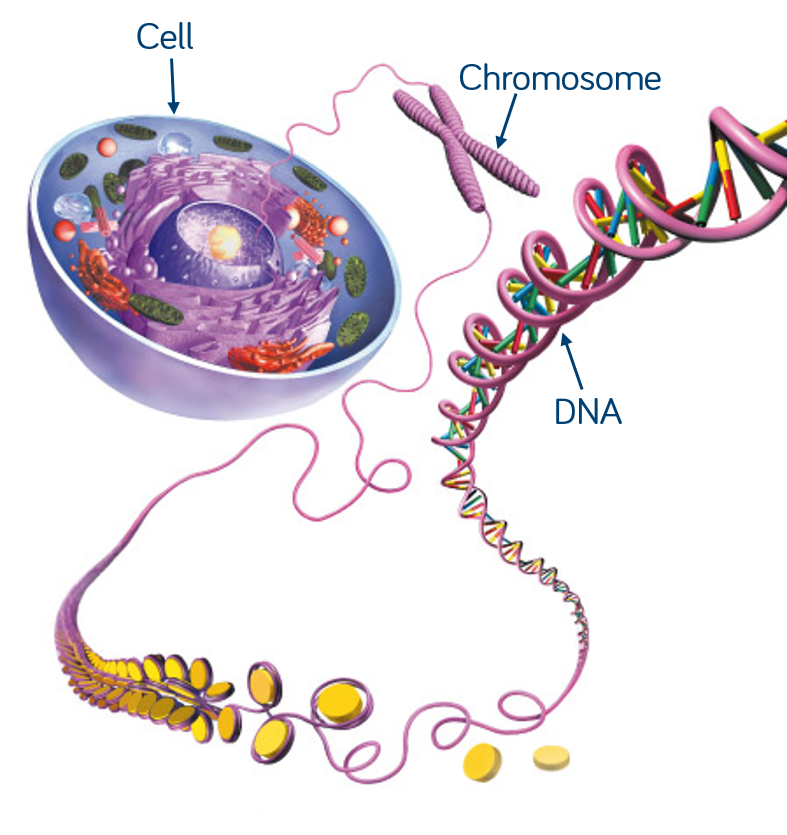
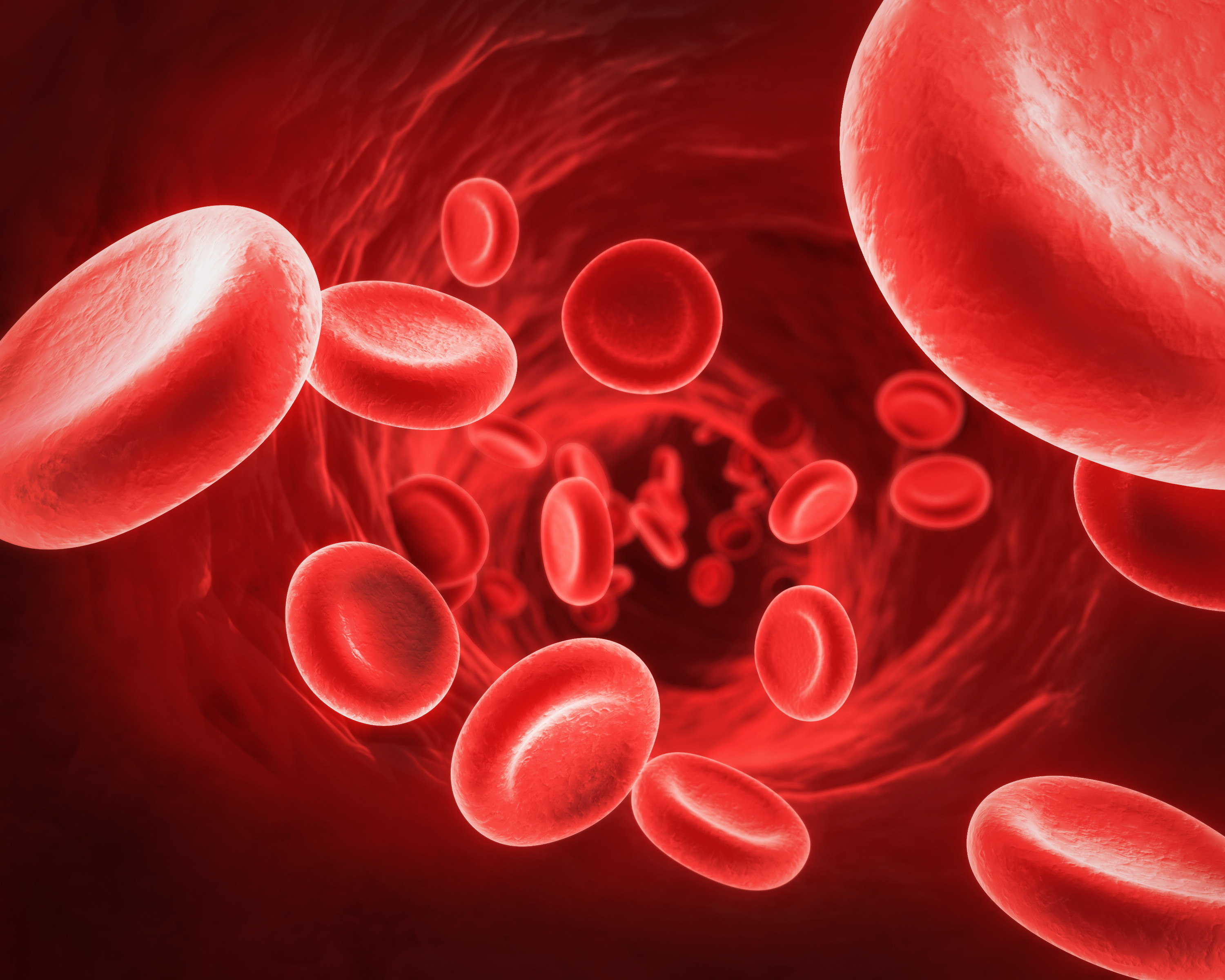
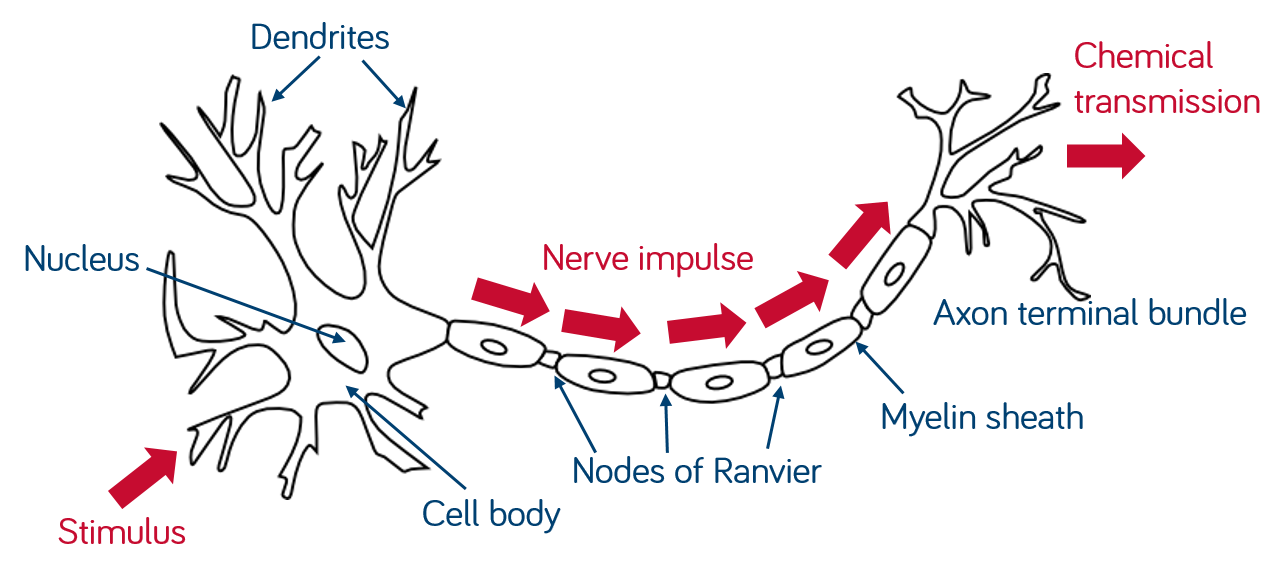
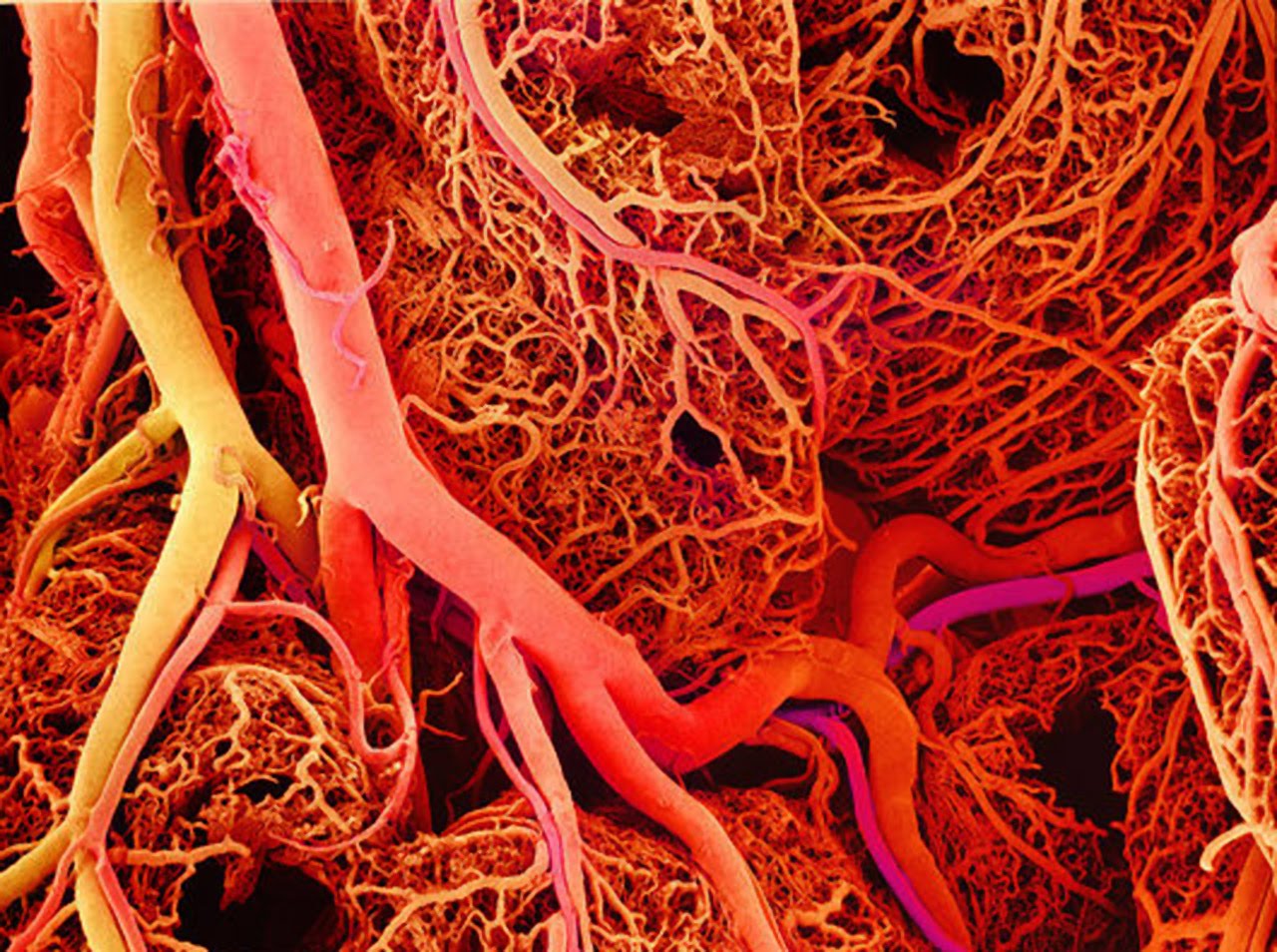

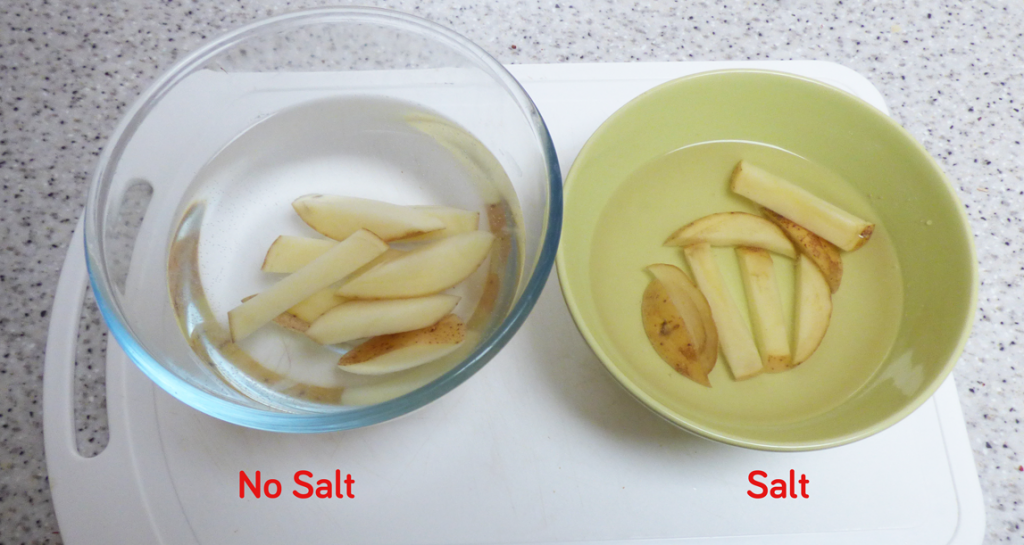
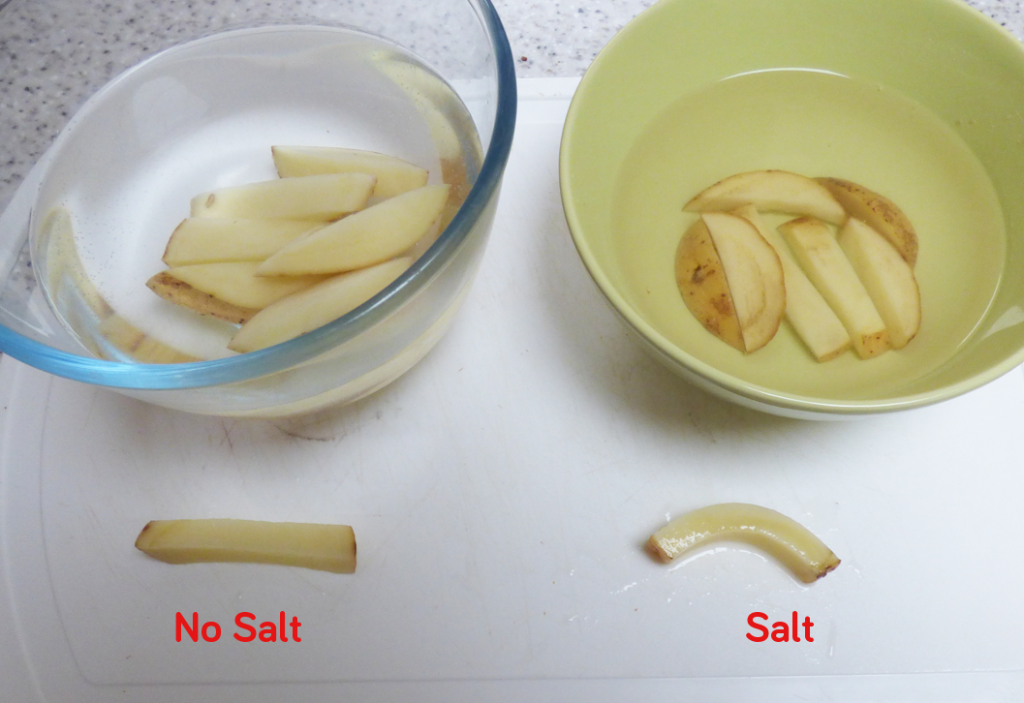
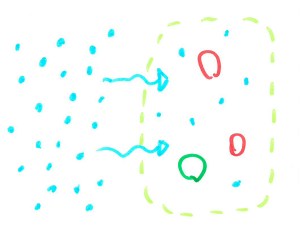
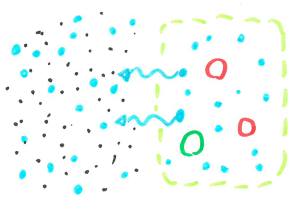
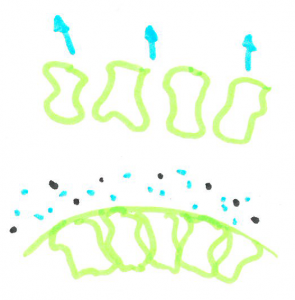 When cells are filled with water they are quite rigid and packed closely together making a fairly sturdy chip. When the cells are dehydrated, they are smaller leaving space between cells, allowing the chip to bend without snapping.
When cells are filled with water they are quite rigid and packed closely together making a fairly sturdy chip. When the cells are dehydrated, they are smaller leaving space between cells, allowing the chip to bend without snapping.
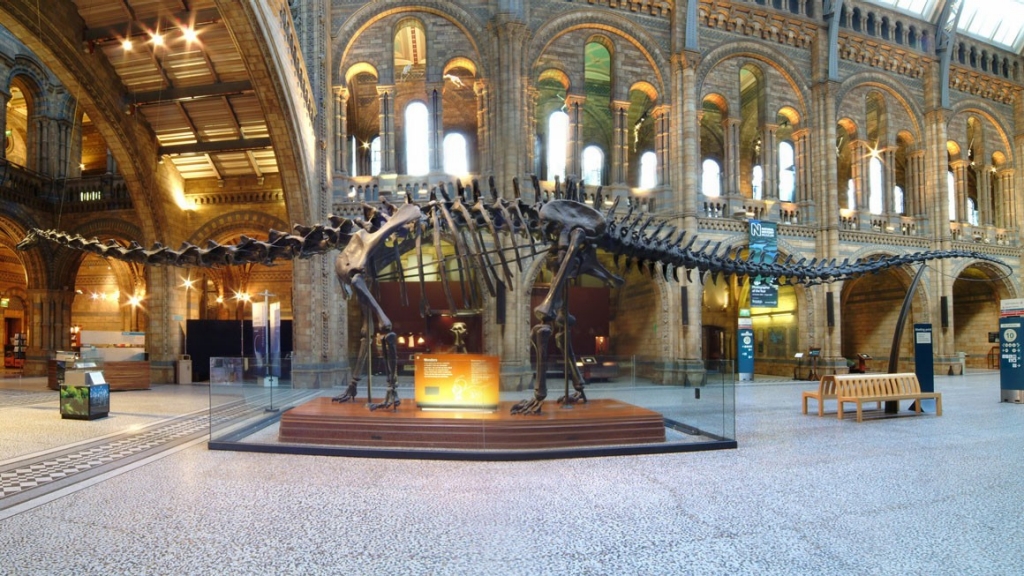
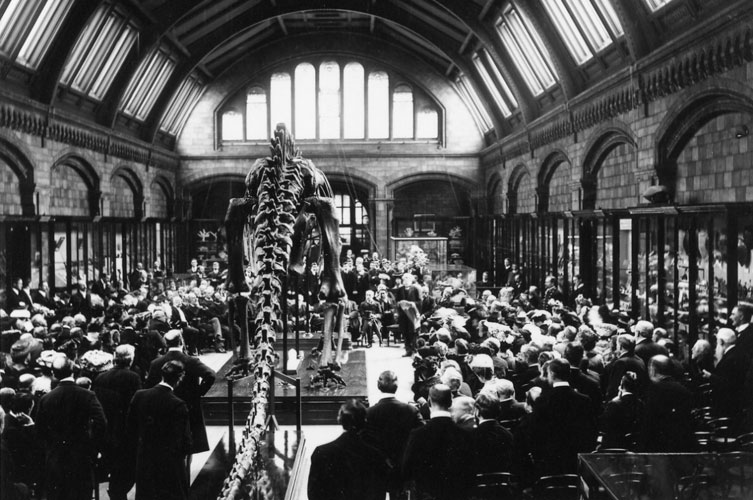

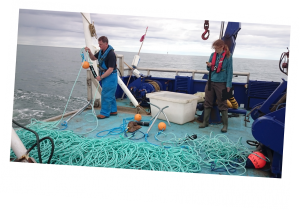 What advice would you have for someone wanting to study Biology or Zoology at university?
What advice would you have for someone wanting to study Biology or Zoology at university?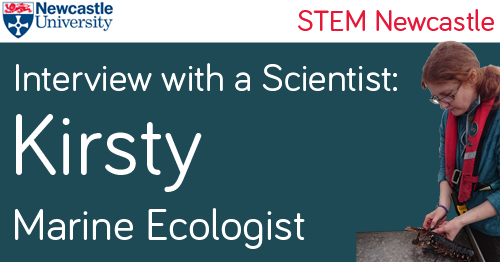

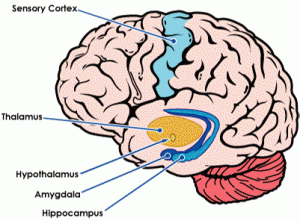



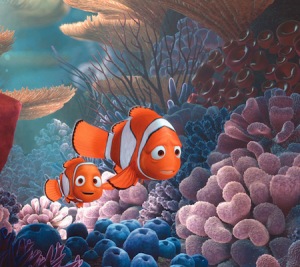


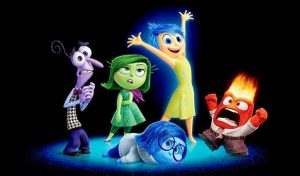
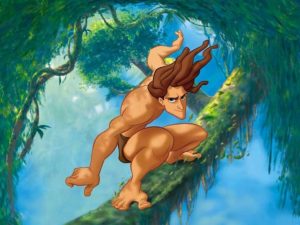



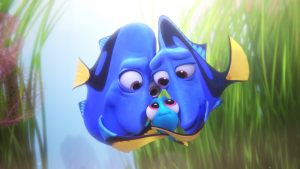





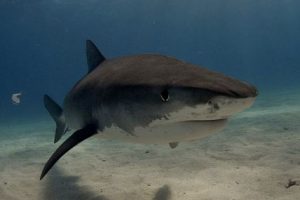

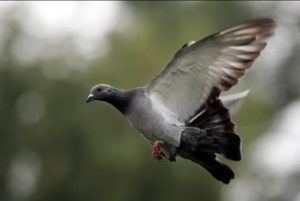
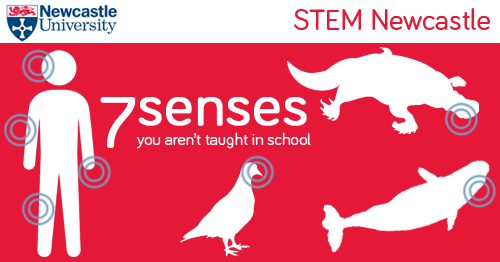
 Not only are thousands of marine species under threat from litter, the waste is also dangerous for humans too and damages tourism and the fishing industry. The beach clean helps lower the threat and raise awareness of the problem at hand.
Not only are thousands of marine species under threat from litter, the waste is also dangerous for humans too and damages tourism and the fishing industry. The beach clean helps lower the threat and raise awareness of the problem at hand.